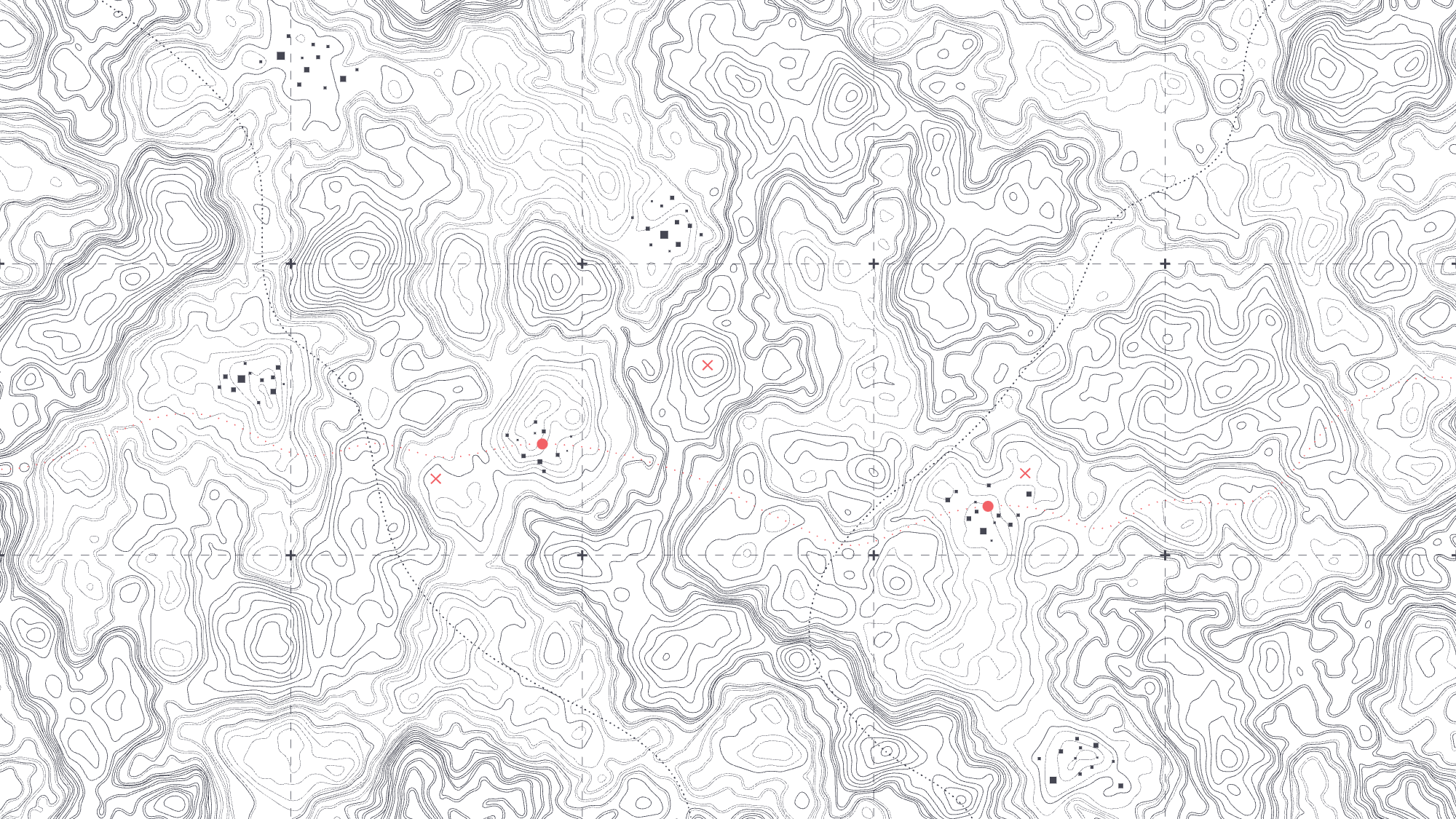There’s something undeniably powerful about nostalgia. A jingle from the ’90s. The crackle of a Walkman. A re-release of a soda that tasted better in our memories than it ever did in real life. Brands know this — and they’re leaning in hard. But while some nostalgia marketing feels like a warm hug, other campaigns fall flat, like someone dusted off an old ad and hoped no one would notice.
So what’s the difference between nostalgia that works and nostalgia that feels like a shortcut?
When it’s clever, it’s connected.
The best nostalgia marketing isn’t about throwing a vintage filter on a product. It’s about emotionally reconnecting with an audience’s past while giving them something relevant today. Think of Spotify’s Wrapped campaign. It’s not retro in aesthetic, but it taps into a deep-seated nostalgia for memories made with music — last summer’s road trip, your go-to gym playlist, that one song you played way too much during your “main character” era. It evokes emotion without needing a single visual from the past.
Clever nostalgia adds value. It can bring a fresh perspective to an old idea or remind us why we loved something in the first place — ideally while encouraging us to love it again, now. Nike does this well, often bringing back classic sneakers or campaign visuals while pairing them with modern athletes or social messages that resonate with today’s audience.
When it’s lazy, it’s hollow.
On the flip side, nostalgia becomes lazy when it’s used as a substitute for strategy. A product slapped with retro packaging or a campaign that leans on outdated references without context might get a few likes — but it rarely builds meaningful brand engagement. If the only emotion a campaign evokes is “oh yeah, I remember that,” it probably isn’t doing enough.
This happens when brands chase trends instead of reflecting on their own story or their audience’s actual lived experiences. Nostalgia works best when it’s personal — not generic. If the message feels like it came out of a time capsule instead of speaking to the current moment, it risks feeling tone-deaf or, worse, irrelevant.
So, is nostalgia marketing clever or lazy?
It depends on the intent — and the execution. At its best, nostalgia is a tool that bridges generations, sparks emotion, and reminds people why they cared about a brand in the first place. At its worst, it’s a shortcut that hopes your memory will do all the heavy lifting.
The brands that get it right understand that nostalgia is not the message — it’s the medium. It should support the story, not be the whole story.
And if all else fails, maybe just don’t bring back Crystal Pepsi.


